Maintain & Protect: Keeping Your Bespoke Mailbox In Top Condition
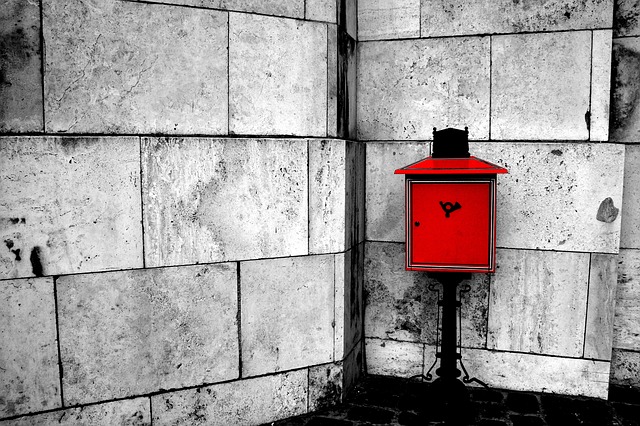
Regular maintenance is essential for preserving the integrity and aesthetic appeal of bespoke mailbo…….
Custom Mailbox Designs: A Comprehensive Exploration
Introduction
In the modern world, where personalization and curb appeal are highly valued, custom mailbox designs have become a testament to individuality and community identity. This article delves into the intricacies of bespoke mailboxes, exploring their historical context, global impact, technological advancements, economic significance, policy implications, challenges, case studies, and future prospects. Readers will gain a comprehensive understanding of how custom mailbox designs have evolved to become an integral part of residential and commercial landscapes.
Understanding Custom Mailbox Designs
Custom mailbox designs encompass a wide range of styles, materials, and functionalities tailored to meet the aesthetic preferences and needs of property owners. These designs go beyond mere postal utility; they serve as a physical representation of one’s home or business character. The core components of a custom mailbox design typically include the mailbox proper, a mounting post, and sometimes additional features like lighting, mail sorting systems, or decorative elements.
Historically, mailboxes have been a simple means for postal carriers to deliver letters and packages. Over time, as communities became more diverse and personal expression through property aesthetics gained importance, custom mailbox designs began to flourish, reflecting architectural trends, cultural values, and technological advancements.
Global Impact and Trends
The influence of custom mailbox designs spans across continents, with different regions showcasing unique styles influenced by local culture, climate, and available materials. In North America, for example, there is a strong emphasis on durability and security, often seen in the use of heavy-gauge steel and stone. European designs may lean towards elegance and historical continuity, with many incorporating classical motifs and designs that complement traditional architecture.
In Asia, where space can be at a premium, designs are often compact but visually striking, utilizing materials like weather-resistant plastics and sustainable bamboo. Australia’s harsh climates necessitate designs that can withstand extreme heat, cold, and corrosive elements, leading to the use of materials like stainless steel and UV-resistant composites.
Economic Considerations
The economic landscape of custom mailbox designs is shaped by market dynamics that include consumer demand for personalized home features, competition among manufacturers, and the influence of broader economic conditions. Investment in custom mailboxes can be seen as a way to enhance property value and curb appeal, which in turn can affect real estate markets positively.
The role of custom mailbox designs within economic systems is multifaceted, supporting industries ranging from manufacturing and materials science to transportation and logistics. These designs not only contribute to local economies through job creation but also offer a competitive edge for businesses that recognize the importance of aesthetics in consumer decision-making.
Technological Advancements
Technological advancements have significantly impacted custom mailbox designs, with innovations such as solar-powered lighting, smart mail management systems, and advanced materials offering greater functionality, durability, and sustainability. The integration of RFID technology and other smart features allows for more efficient package delivery and security measures. In the future, we can expect even more sophisticated technologies to be incorporated, such as augmented reality apps that enhance mailbox design visualization.
Policy and Regulation
The governance of custom mailbox designs is influenced by a variety of policies and regulations at both national and local levels. These include zoning laws, aesthetic guidelines, and postal service requirements that dictate size, placement, and functionality. Compliance with these regulations ensures that mailboxes are not only visually appealing but also practical for carriers and secure for letter recipients.
Legislative frameworks often aim to balance the needs of individual expression with the operational necessities of postal services. Policies that encourage sustainable practices in design and manufacturing can also be observed, reflecting a growing global consciousness on environmental issues.
Challenges and Criticisms
Custom mailbox designs face several challenges, including maintaining functionality while achieving aesthetic goals, adapting to varying climates and environments, and addressing security concerns in an increasingly digital world. Additionally, critics often cite the potential for over-consumption and waste associated with custom designs.
To address these issues, designers and manufacturers can focus on sustainable materials and practices, modular designs that allow for future customization, and creating versatile pieces that can be repurposed or recycled. Encouraging consumer education about the environmental impact of their choices can also drive demand for more sustainable designs.
Case Studies
Several case studies highlight successful applications of custom mailbox designs. One such example is a neighborhood in California that commissioned a local artist to design a series of mailboxes reflecting the community’s rich cultural heritage, which not only enhanced the neighborhood’s aesthetic but also fostered a sense of unity and pride among residents.
Another case study involves a company that specializes in eco-friendly, solar-powered mailboxes with built-in security features, demonstrating how innovation can address multiple challenges simultaneously. These studies provide valuable insights into the impact of thoughtful design and community involvement.
Future Prospects
Looking ahead, custom mailbox designs are poised for growth, driven by trends in personalization, sustainability, and technology integration. Emerging markets may see an increase in demand as consumers in these regions begin to prioritize home aesthetics. Strategic considerations for designers and manufacturers include adapting to global shifts in materials science, embracing smart technologies, and staying abreast of environmental regulations.
The future of custom mailbox designs is not just about the box itself but also about its role in the broader context of community identity, property value, and sustainable living. As such, the potential for innovation and positive societal impact is significant.
Conclusion
Custom mailbox designs are a multifaceted aspect of home aesthetics, community identity, and economic activity. They intersect with technological advancements, policy and regulation, and sustainability concerns. As we look to the future, the continued evolution of these designs will be shaped by consumer preferences, environmental considerations, and the ongoing integration of technology. The legacy of custom mailbox designs is not only in their visual appeal but also in their ability to reflect and influence the cultural and economic landscape of communities worldwide.

Regular maintenance is essential for preserving the integrity and aesthetic appeal of bespoke mailbo…….
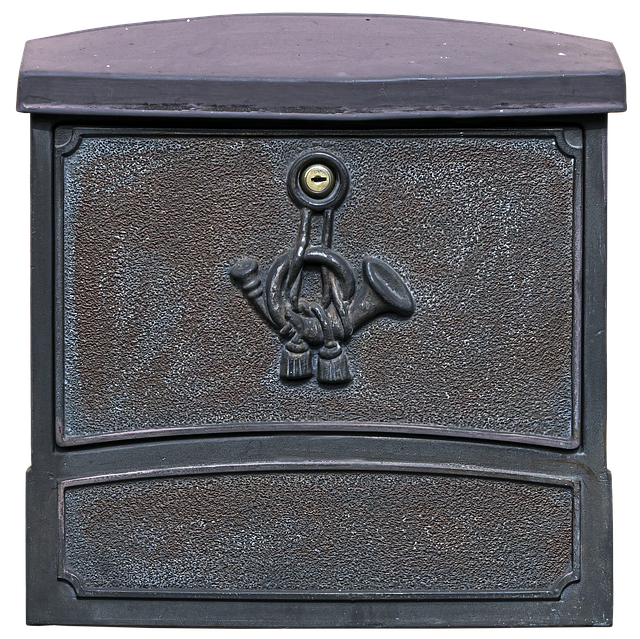
Crafting a unique, functional custom mailbox involves balancing aesthetics with practicality. Expert…….

This text discusses the unique challenges faced in designing robust and secure address-specific mail…….
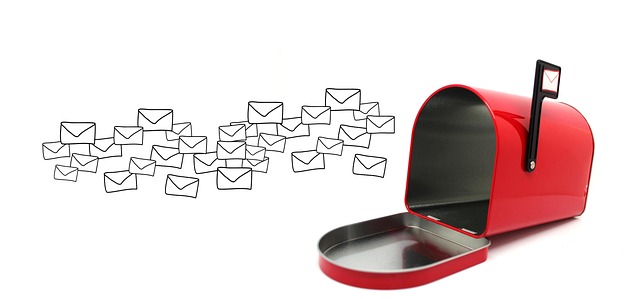
Hand-forged metal mailboxes are unique artistic statements that elevate your doorstep, combining fun…….
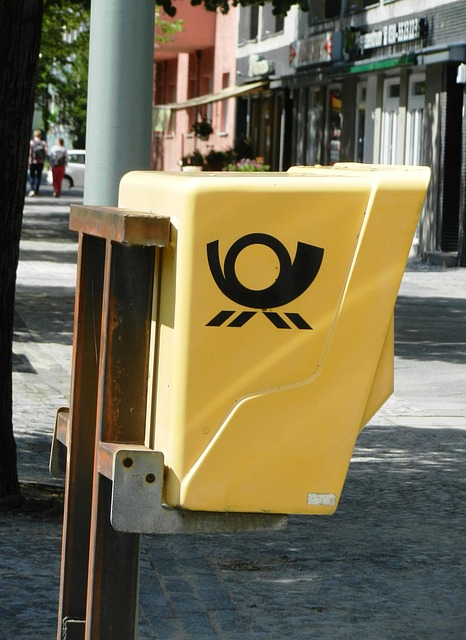
In a market saturated with mass-produced goods, custom metal mailboxes stand out as a way to express…….
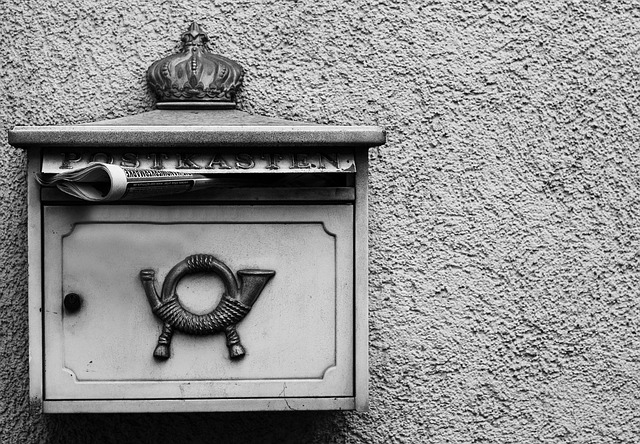
Crafting a custom mailbox begins with understanding your aesthetic vision, which guides designers th…….
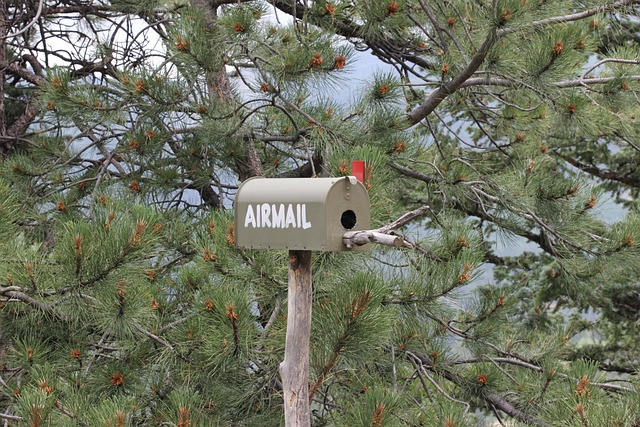
Decorative custom mailboxes face unique challenges from harsh weather and vandalism but can be desig…….

Mailboxes, essential in daily life, suffer from environmental damage like rust, fading, and corrosio…….